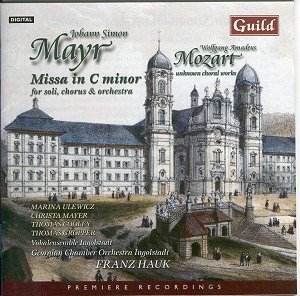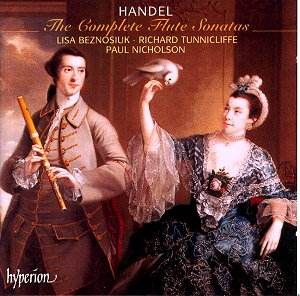 Composer: Sir Arthur Somervell
Composer: Sir Arthur Somervell
Works: Maud, A Shropshire Lad
Performers: David Wilson-Johnson (baritone), David Owen Norris (piano)
Recording: March 1985
Label: Hyperion Helios CDH55089
Sir Arthur Somervell occupies a unique niche in the pantheon of English song composers, straddling the late Victorian era and the early 20th century. His song cycles, particularly “Maud” and “A Shropshire Lad,” are pivotal not only for their musical content but also for their historical significance as early examples of English narrative cycles. As Stephen Banfield notes in his informative liner essay, these works were among the first to explore the dramatic potential of the song cycle in the English language, setting them on a trajectory that would influence subsequent composers such as Vaughan Williams and Butterworth.
The “Maud” cycle, drawn from Tennyson’s monodrama, showcases Somervell’s Romantic inclinations, heavily influenced by Germanic traditions. There is a notable reliance on lyrical melodies and harmonic language reminiscent of Schumann and Brahms. The selection of 13 songs from Tennyson’s original work reflects a thoughtful curation, yet one cannot escape the impression that Somervell’s voice, while charming, often flirts with derivative tendencies. For instance, the lilting waltz of “Come into the garden, Maud” encapsulates a delightful charm, yet it lacks the dramatic fervor that the poem demands in its more intense moments. The later songs, such as “I have led her home,” display a simple dignity, but Somervell struggles to fully encapsulate the darker psychological depths of Tennyson’s text, particularly in moments of emotional turmoil.
Turning to “A Shropshire Lad,” which comprises ten poems by A.E. Housman, the listener is met with a more direct emotional landscape. Somervell’s approach here appears more congenial to Housman’s terse and poignant expressions of loss and longing. The strophic settings align well with Housman’s cadences, allowing for a more flowing musical line that arguably suits Somervell’s lyrical strengths. The setting of “White in the moon the long road lies” stands out as particularly compelling, showcasing Somervell’s ability to marry text and music with a poignant simplicity that transcends mere craftsmanship.
David Wilson-Johnson’s performance is a standout aspect of this recording. His baritone voice possesses a commanding presence that navigates the varied emotional terrains with remarkable sensitivity. His interpretation reveals a nuanced understanding of the texts; he deftly balances grandeur with intimacy, as seen in his delivery of the more dramatic moments in “Maud.” The clarity of his diction ensures that even without the texts, the listener can engage deeply with the poetry. Accompanied by David Owen Norris, whose piano playing remains both supportive and expressive, the duo achieves a cohesive dialogue that enhances the overall impact of the songs. The recorded sound is crisp and immersive, allowing the subtleties of both voice and piano to resonate vividly in the listener’s space.
This reissue of Somervell’s song cycles is an important contribution to the catalog of English song, illuminating a composer whose works deserve renewed attention. While they may not reach the same heights as those of his more celebrated contemporaries, Somervell’s creations are nonetheless imbued with a heartfelt sincerity and charm. The performances by Wilson-Johnson and Norris elevate the material, rendering it not just a historical artifact but a living part of the English song repertoire. Engaging, accessible, and technically proficient, this recording is a commendable addition for both enthusiasts of English song and those looking to explore the roots of its narrative tradition. Highly recommended.



